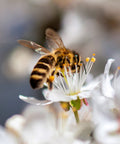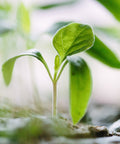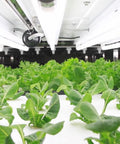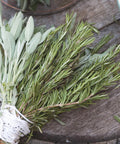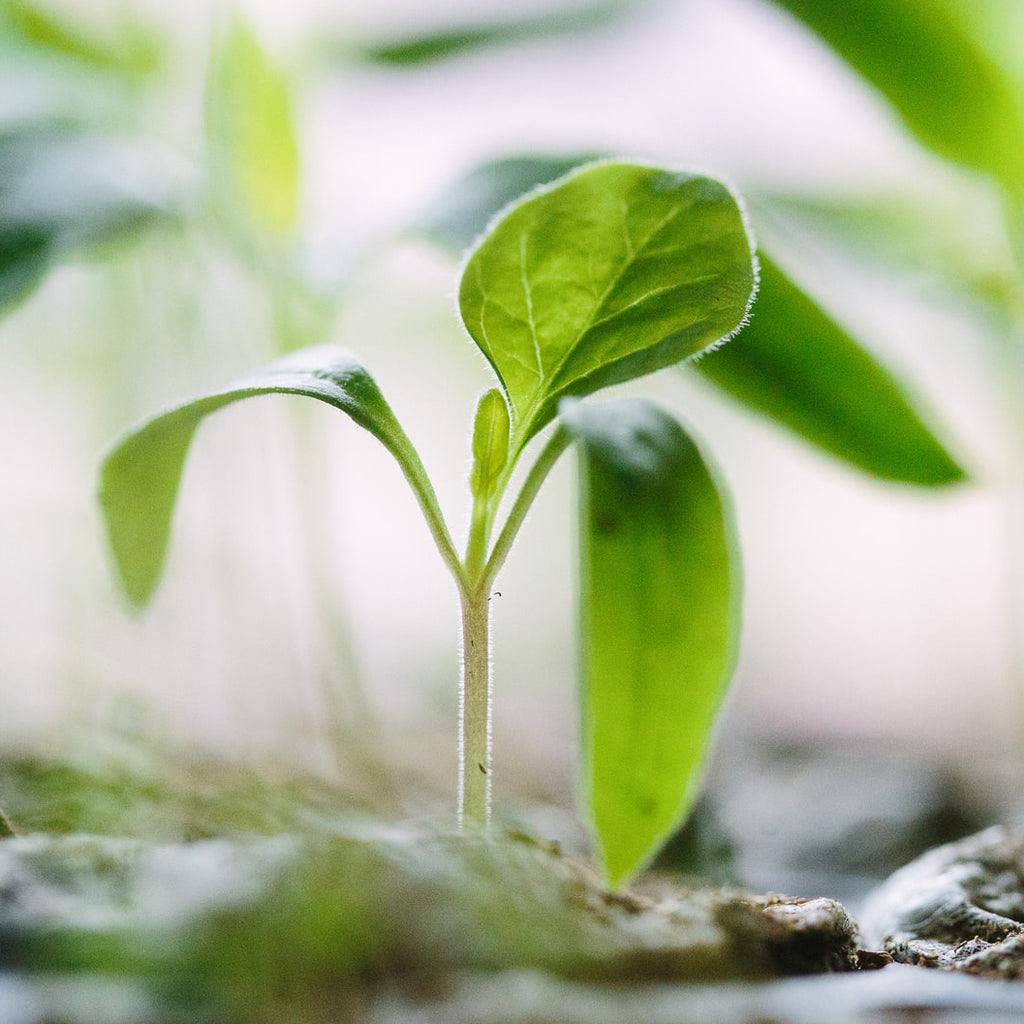
Starting seedlings inside is a popular practice for many home gardeners and professional horticulturalists. This practice can result in better plant varieties and healthier plants. The trick is to know when to move seedlings outside and how to properly transplant them so they have the best chance to grow and thrive.
Why Start Seedlings Inside?

1. Better Plant Variety
Local nurseries are often limited in the types of seedlings that they offer, so growing your own expands your options to basically any seed you want. Just make sure that the seeds you buy can grow in your climate. Use the Hardiness Zone Finder to check which Hardiness Zone you're in and what you can grow in your area.
2. Earlier Start
Starting seeds indoors allows them to develop while the weather is still changing or harsh. This gives them more time to grow and have a much better chance of surviving once they're in the ground.
3. Protection from Animals
Indoor sowing can also prevent seeds from being eaten by birds or other animals and can allow them to develop safely until they are large enough and strong enough to be less tempting to wildlife.
When to Transplant
There are two main factors that will determine when your seedlings are ready to be transplanted: the appearance of true leaves, and the weather.
True Leaves
Generally, a seedling can be transplanted when it has at least three or four 'true leaves'. The first few leaves a seedling sprouts are called cotyledons. These don't facilitate photosynthesis, but instead contain nutrients that will sustain the seedling for a short time. These cotyledons look different from a plant's regular or 'true leaves' leaves and will often be smaller and lighter in color.

It's important that your seedling has several true leaves before being transplanted, as these are the leaves that will allow it to photosynthesize and survive outside.

The Weather
It's important to know what kind of weather your plants prefer and to keep an eye on local weather patterns or consult a planting calendar to see when the last frosts of the season are expected. Planting too early or late can cause your seedlings to be killed by frost or too-hot temperatures.
How to Transplant
1. Hardening Off
Seedlings should always be 'hardened off' before transplanting so they can acclimate to the outdoor elements. About 10 days before you're ready to transplant, begin taking your plants outside in a shaded area for a few hours at a time. Note: you should bring your plants inside if hazardous weather conditions are in the forecast.
Slowly increase the exposure time over the next 10 days until your seedlings can confidently be left outside for 24 hours and gradually cut back on watering and fertilizing so they can become accustomed to the less-than-ideal conditions of the outdoors.
2. Prepare the Soil
During the hardening off period, you should also prepare the ground you wish to plant in. Start by aerating the ground and adding extra soil if necessary. You can also prepare raised garden beds or mulch the soil to raise the ground temperature, which will ease the shock of transplantation.
3. Plant and Protect
It's best to transplant your seedlings early in the morning so they have time to acclimate before facing harsh sunlight. Once your seedlings are planted, thoroughly water the soil around them and provide a phosphorous starter fertilizer to encourage root development. Keep watching the weather and cover your seedlings in case of late frosts or mulch the ground to help retain moisture if a heat wave is on its way.


